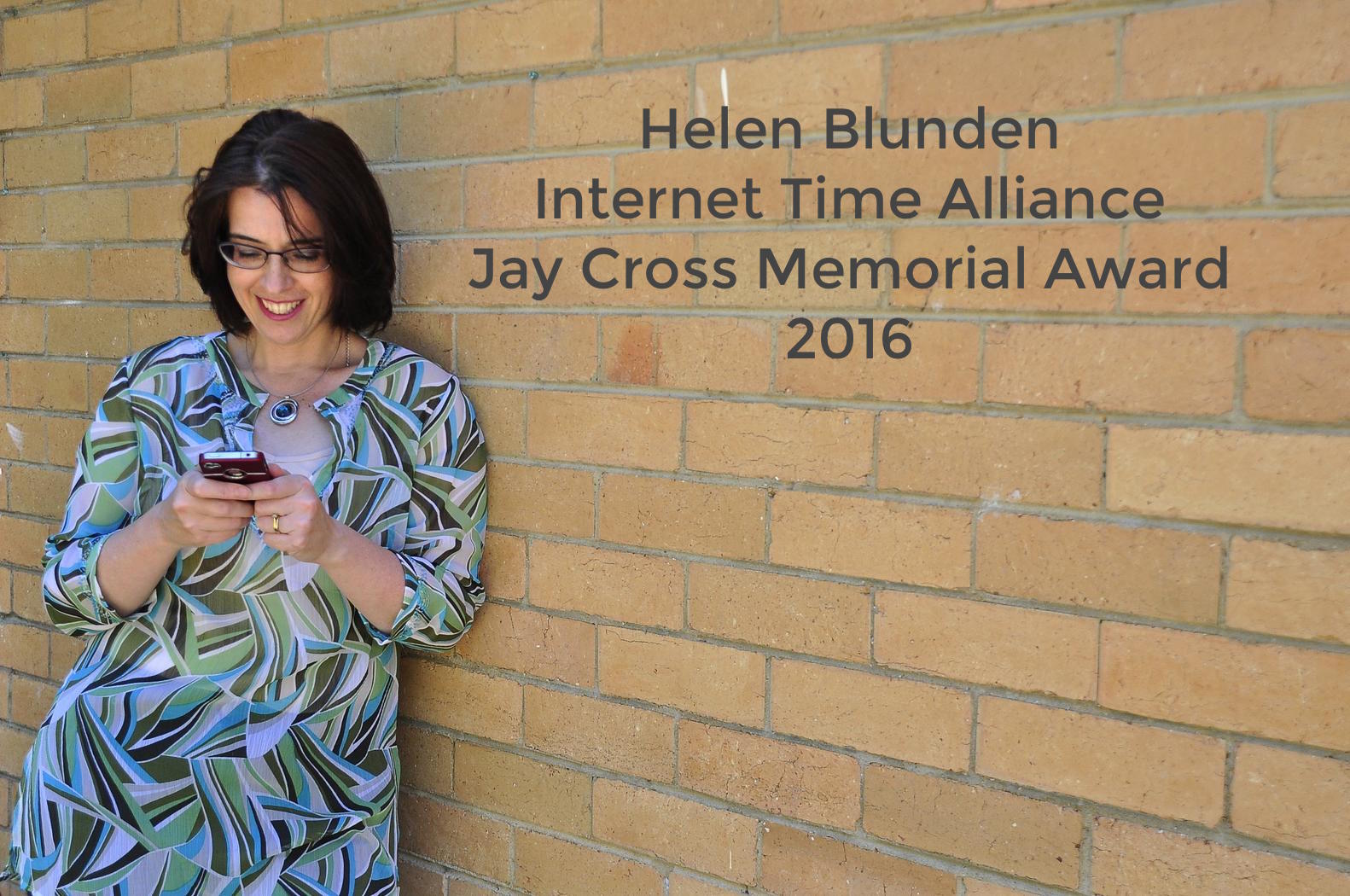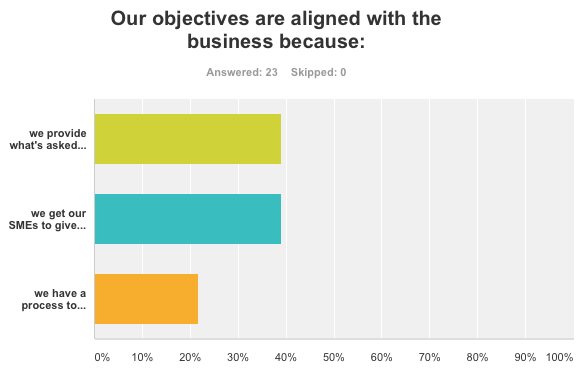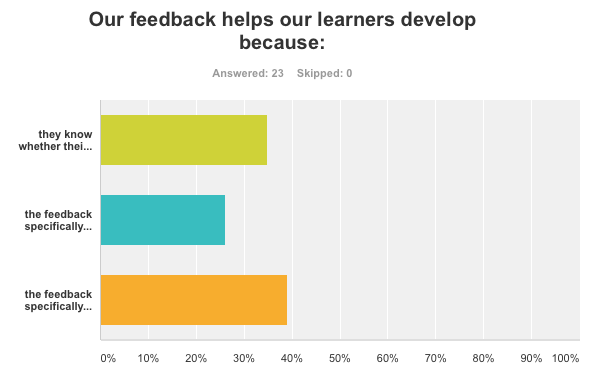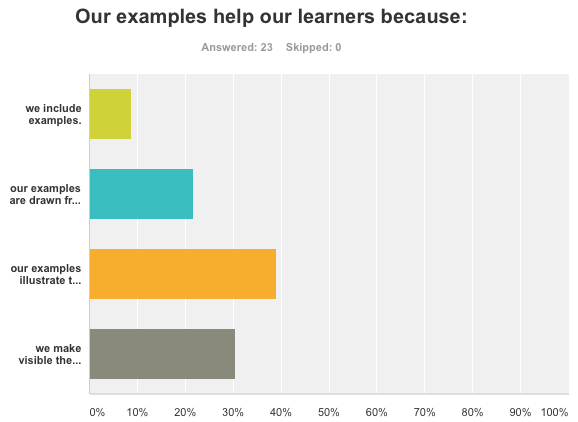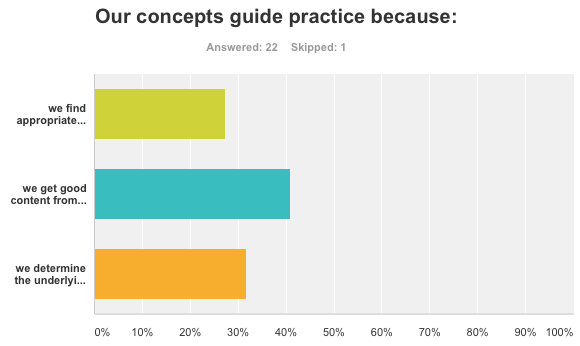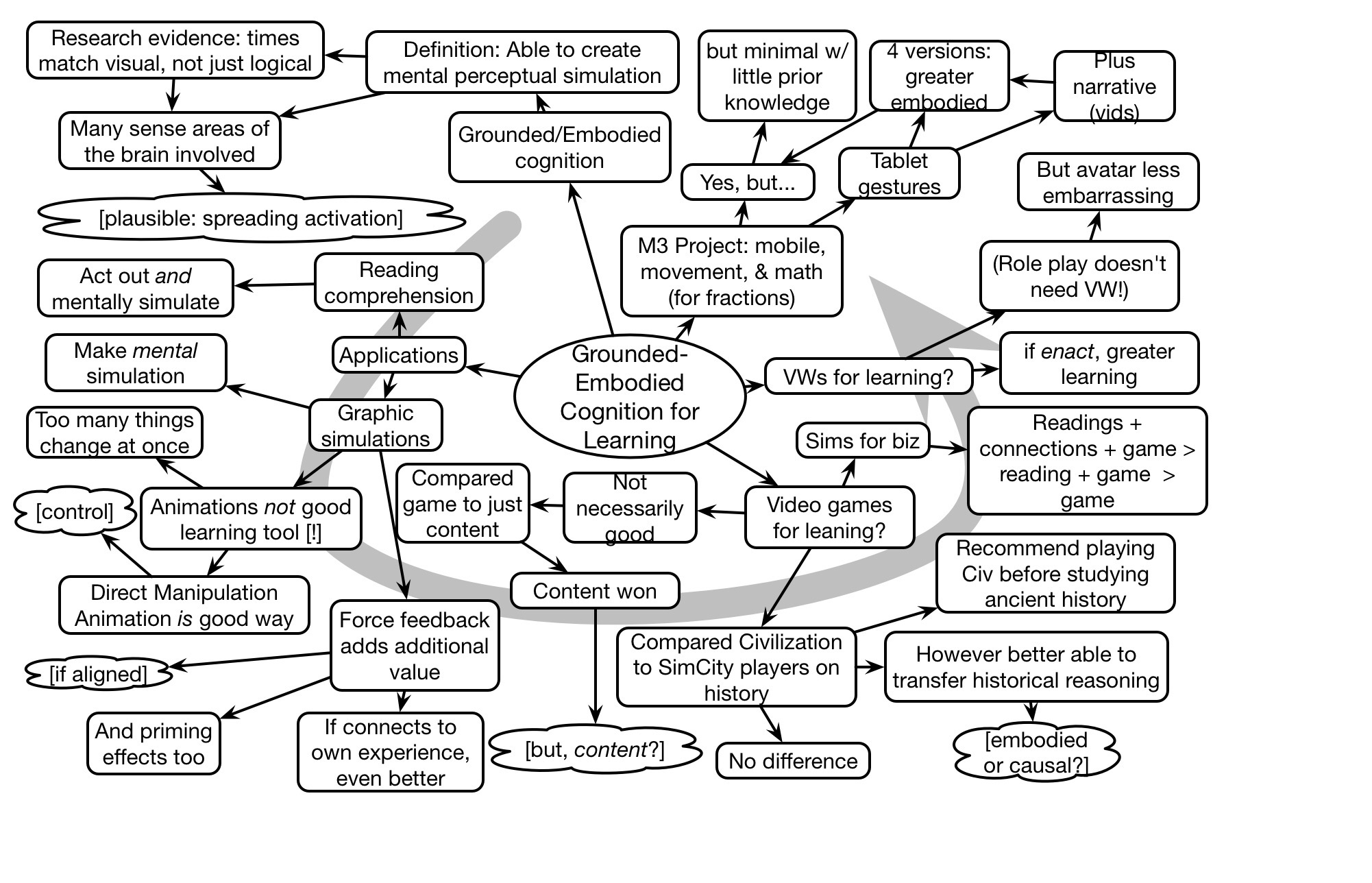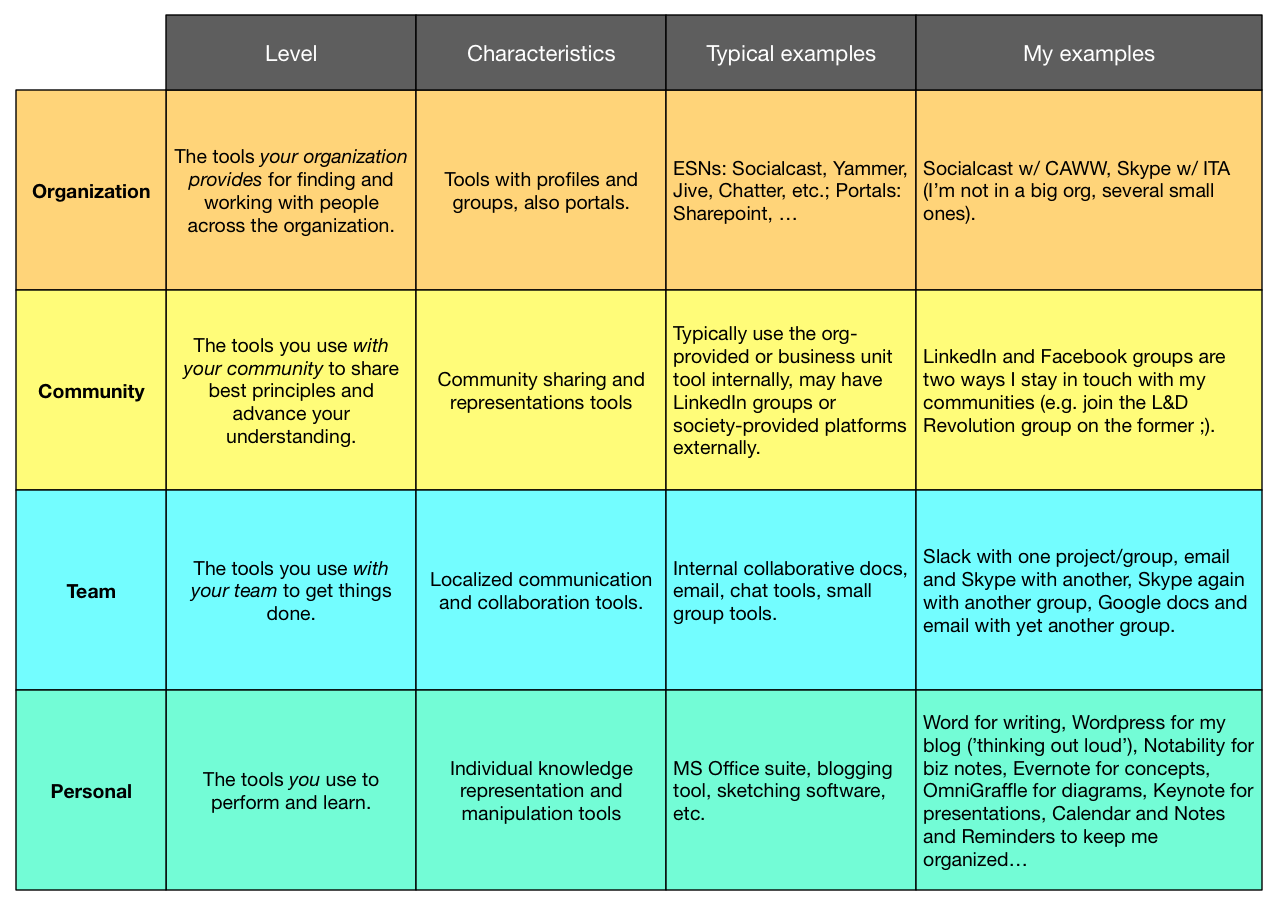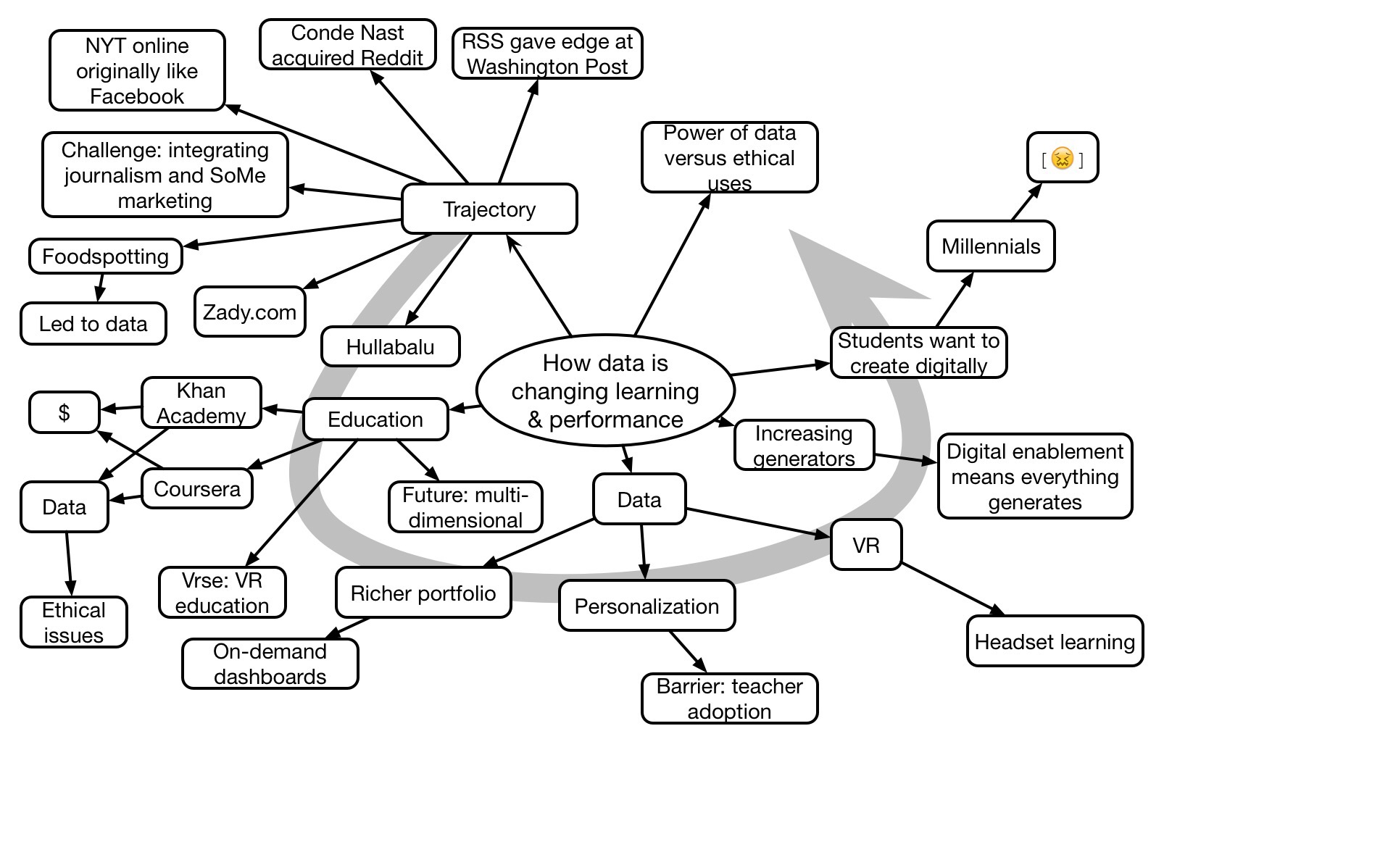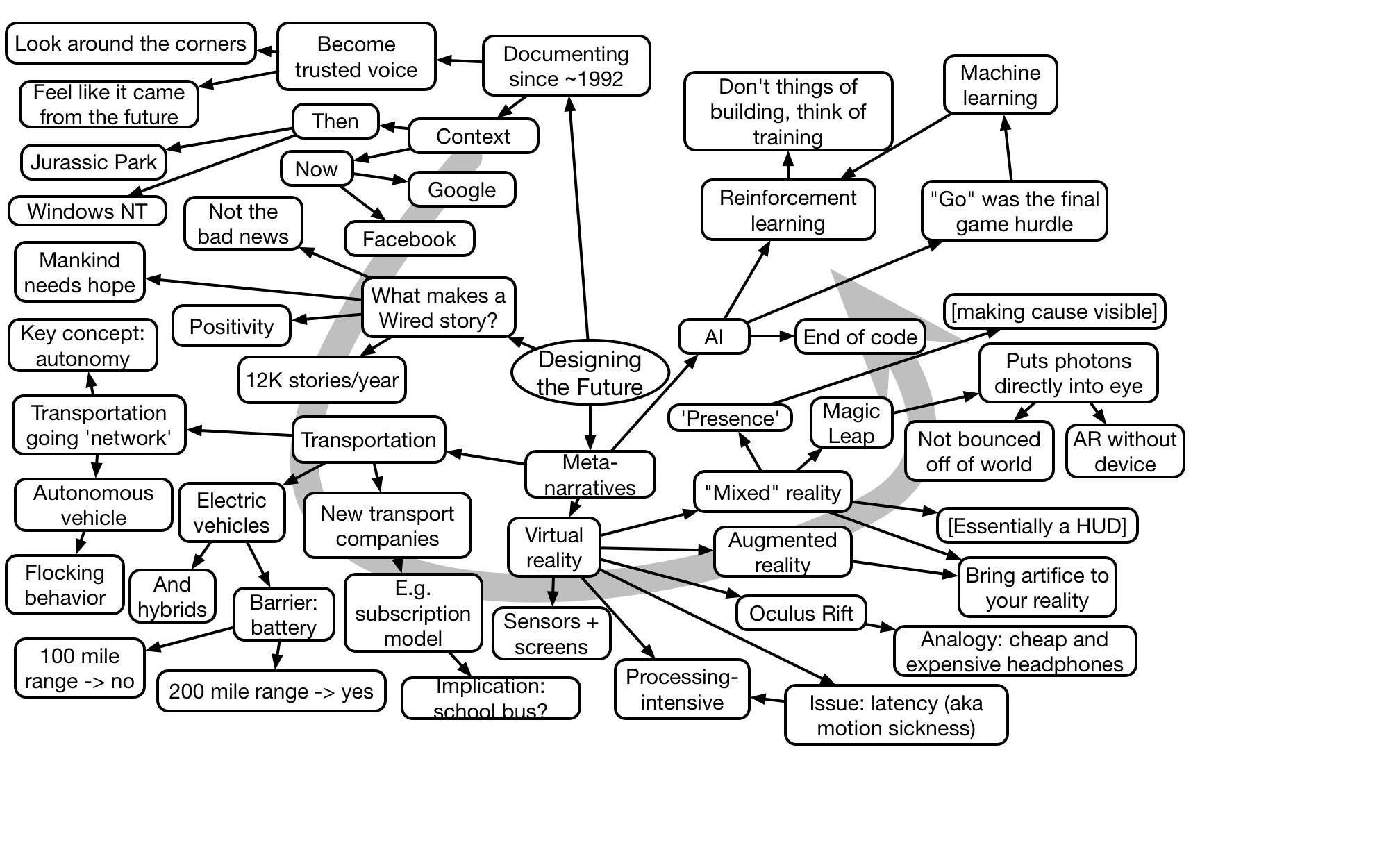Reposted from the Internet Time Alliance website:
The Internet Time Alliance Jay Cross Memorial Award is presented to a workplace learning professional who has contributed in positive ways to the field of Real Learning and is reflective of Jay‘s lifetime of work. Recipients champion workplace and social learning practices inside their organisation and/or on the wider stage. They share their work in public and often challenge conventional wisdom. The Jay Cross Memorial Award is given to professionals who continuously welcome challenges at the cutting edge of their expertise and are convincing and effective advocates of a humanistic approach to workplace learning and performance.
We are announcing this inaugural award on 5 July, Jay‘s birthday. Following his death in November 2015, the partners of the Internet Time Alliance (Jane Hart, Harold Jarche, Charles Jennings, Clark Quinn) resolved to continue Jay‘s work. Jay Cross was a deep thinker and a man of many talents, never resting on his past accomplishments, and this award is one way to keep pushing our professional fields and industries to find new and better ways to learn and work.
The Internet Time Alliance Jay Cross Memorial Award for 2016 is presented to Helen Blunden. Helen has been an independent practitioner at Activate Learning since 2014. Her vision is to help people stay current in a constantly changing world of work and do this by working and sharing their work and learning in a generous, open, and authentic manner. Helen started her career within the Royal Australian Navy across two branches (Training Development and Public Relations) as well as working within Service and external to Service (with Air Force and Army and Defence civilians), then with the Reserves. Helen later worked as a Learning and Development Consultant for Omni Asia Pacific, and subsequently with National Australia Bank as a Social Learning Consultant. Helen is an active blogger and is engaged professionally on various social media platforms.
Here is Helen in her own words: “In my observations, it‘s not only learning teams in organisations or institutions that need to change and recreate the traditional ways of training into learning experiences. It‘s wider than that. I have smaller businesses, some of whom are vendors who offer training products and services to the public or to organisations who are scratching their heads trying to figure out how to get ‘into the 21st century‘ as their clients ask for more blended programs – shorter programs – but still achieve the same outcomes. Dare I say it, the tools that Jane Hart offers as tools for professional development are not for learning people alone – they‘re for everyone. This is where I‘m grappling to understand the enormity of the change and how, for the first time, you‘re not only helping a client design and develop the learning experience – but you need to teach them how to use the tools so it becomes part of their social behaviour to build their own business, brand and reputation.â€
Helen will be formally presented with the award in her home city of Melbourne by Simon Hann, CEO of DeakinPrime, the corporate education arm of Deakin University.
It is with great pleasure that the partners of the Internet Time Alliance present the first Jay Cross Memorial Award to Helen Blunden.
